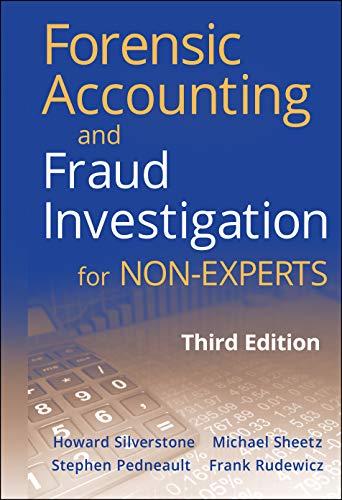Answered step by step
Verified Expert Solution
Question
1 Approved Answer
Prepare a . docx or . doe ( ARENA project ) file ( 3 ) which contains your simulation model and a
Prepare a docx" or doe" ARENA project file which contains your simulation model and a pdf file which contains your answers for Question Finally, prepare a pdf or zip" file containing these five files. The submission deadline is January th: Only submissions made through the corresponding submission link provided in LMS page will be graded.
Consider a simple call center that works for seven days a week and hours a day. The call center works in shifts. The first shift starts at : and ends in : employing identical call center agents. The second shift starts at : and ends in : employing identical call center agents. In the end of the first shift, if the third agent is busy, she does not end hisher shift until that task is complete. However, she does not compensate this extra work, and tomorrow, he starts hisher shift at the regular time at :
Through out the day, the interarrival times of the calls arriving to the center and the arrival of the first caller follow exponential distribution with an average of minutes. The callrs are calling according to a Poisson process with a rate calls per hour. When a caller calls, he waits until an agent becomes idle, then the service starts. A caller can be any of the three types of callers:
Type I Caller: of the callers are Type I callers. The service duration of type I callers is normally distributed with an average of minutes and standard deviation of minutes.
Type II Caller: of the callers are Type callers. The service duration in minutes of type II callers is Erlang distributed with shape parameter and scale parameter exponential mean
Type III Caller: of the callers are Type III callers. The service duration of type III callers is deterministic with fixed period of minutes.
Callers wait in a single queue until an agent becomes idle. This queue adapts a FIFO discipline between type I and type II callers, and a FIFO discipline between type III callers. However, type III callers are given a priority and they always get in front of type I and type II callers in the queue.
ap Develop a simulation model doe" file in ARENA that will be run for replications, where each replication is days long with a warmup period of day. In your ARENA model, as animation:
a plot diagram must show the number of callers in the system,
a variable must show the number of busy agents at any moment,
a clock must show the time of the day in hours, minutes, and seconds
Type I, II and III clients should respectively be animated as a green, blue, and red balls before they enter the service queue.
bp Prepare a pdf file that provides answers to the following questions.
What fraction of callers spends more than minutes in the system? Provide an estimate.
What is the average time spent in the queue by a client? Provide an estimate and a confidence interval.
What is the instantaneous utilization of the agents? Provide an estimate and a confidence interval.
What is the average number of clients in the system? Provide an estimate and a confidence interval.
I know that it requires Arena but it's enough for me just to draw the simulation Thanks:

Step by Step Solution
There are 3 Steps involved in it
Step: 1

Get Instant Access to Expert-Tailored Solutions
See step-by-step solutions with expert insights and AI powered tools for academic success
Step: 2

Step: 3

Ace Your Homework with AI
Get the answers you need in no time with our AI-driven, step-by-step assistance
Get Started


